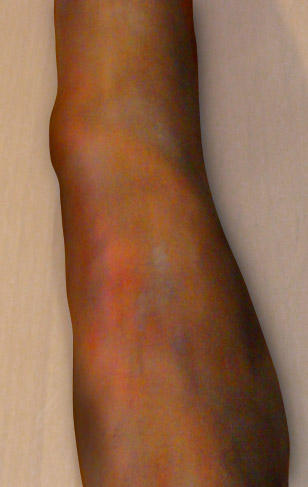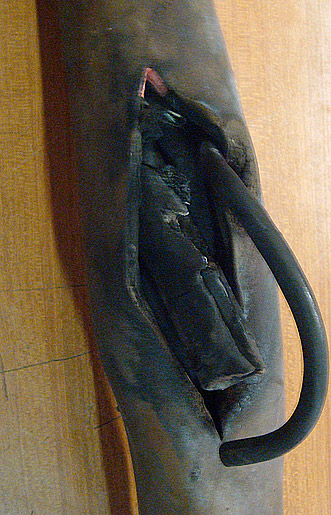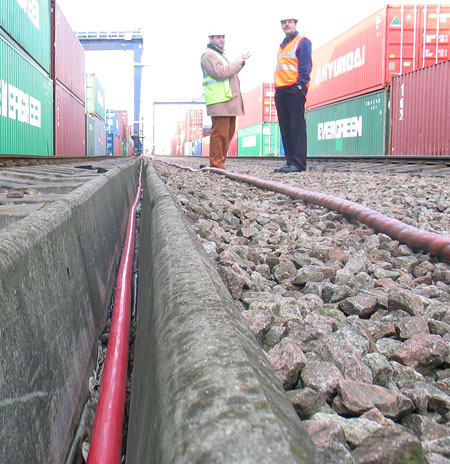|
Tratos Cavi has, for many years, been taking on the challenge of developing the right cables for extremely high speed container handling cranes. Below is a summary of Tratos’ on-site experiences in this field:
Critical Stress situations in high speed cranes: an analysis
The latest generation of container cranes (ARTG and RMG) are designed with ever increasing travel speeds, up to 300 m/min.
This poses an ongoing challenge to manufacturers both of cables and cable reels.
 TRATOS approached this problem by looking back on their extensive experience in container ports worldwide. They noted that almost inevitably cables had to withstand a range of tensile loads during operation due to control systems being unable to suitably compensate for the forces involved during acceleration and braking. It is important to note that this exposure to a range of tensile loads is due in part to modern reel manufacture being designed to not expose the cable to a tensile load beyond certain limits defined by the manufacturer. TRATOS approached this problem by looking back on their extensive experience in container ports worldwide. They noted that almost inevitably cables had to withstand a range of tensile loads during operation due to control systems being unable to suitably compensate for the forces involved during acceleration and braking. It is important to note that this exposure to a range of tensile loads is due in part to modern reel manufacture being designed to not expose the cable to a tensile load beyond certain limits defined by the manufacturer.
This has led to manufacturers being unable to meet the requirements for safe operation and life expectancy using traditional cable construction methods.
TRATOS realised that, for longer travelling distances, the feeding point for the reelable cable was often placed in the middle of the runway rather than at the end, in order to minimise costs.
Travel lengths of over 1,000 meters became commonplace. Consequently, modern cable reels need to be able to accommodate up to 500m of medium voltage lines. This, combined with the high speed of modern cranes necessitates the use of dynamic control systems to protect the cable for dangerously high or low tensile loads.
During on-site observation TRATOS noted the following circumstances led to the most severe changes in tensile load during normal operation:
- Accelerating with an empty reel
- Braking with a full reel.
- Passing the feed point at high speed.
- Accelerating with a full reel
- Braking with an empty reel.
If operation is not sufficiently dynamically controlled, the cable will experience extreme tensile loads. For example, if the control unit is set with a lower than necessary tension, the cable can become slack, which is then automatically re-adjusted by increasing the cable tension. Whereas if the cable tension is set too high, it needs to be reduced for certain travelling situations, again leading to great differences in tensile load.
Such variations in tension cause the cable to age quickly due to peaks and troughs in its mechanical load. This manifests as corkscrewing or even damage to the outer sheath.
cables with corkscrewing
Especially important in this context is the area surrounding the feed-point. In order to protect the cable highly sophisticated systems are required for the cable reel control.
When passing the central feed point, the complete cable length is loaded on the reel, resulting in the maximum possible moment of inertia. As the crane passes the central feed point the reel has to slow, reverse and accelerate the rotation of this mass in a very short space of time in order to prevent sudden and severe increased cable tension during the following uncoiling.
In this situation the design of the cable guide below the reel, the feeding funnel, and anchor point are all of key importance. The positioning and design of these can contribute considerably to an increase in a cable’s service life.
TRATOS also noted that cables were often selected with smaller than necessary copper cross-sectional areas in order to reduce costs.
This is significant because the permanent load of a cable is based upon a combination of built-in tension relief elements and the copper wires themselves.
Equipped with this operational experience TRATOS have developing their reelable cables in Pieve, Italy, for many years and have developed products which are unsurpassed in today’s market.
A prime example of this is TRATOSFLEX FO ESDB which has a dynamic tensile load of 4,125 N and a cross section of 3x25 + 2x25/2 + 6FO at a travelling speed of up to 300 m/min!
Guy Garrud

|